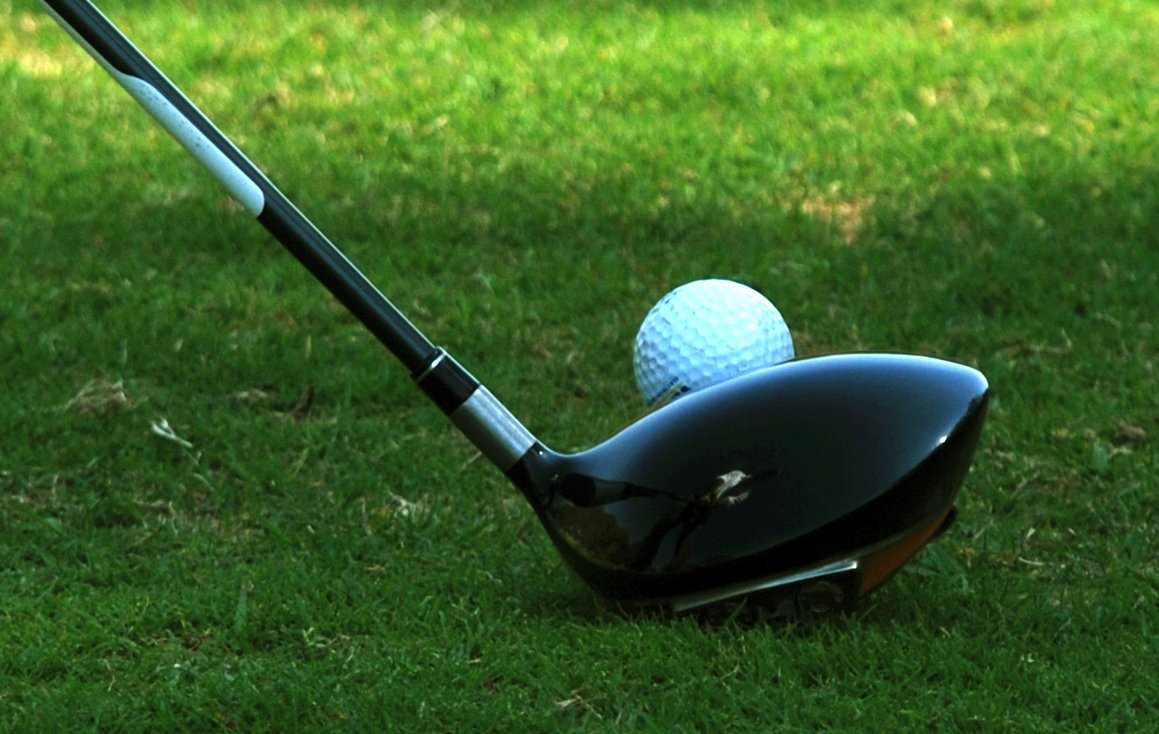
The hook is one of the most frustrating shots in golf. It can lead to players aiming away from their target because they are so confident the ball will swing back into play because of the hook.
Adjusting your aim because of a consistent hook is not the way to go if you want to improve at golf. Instead, it is best to look at what could be causing the hook shot and them attempt to remedy the fault.
Today, we are going to look at some of the common causes of the hook shot.
One of the biggest reasons for a hook shot is the angle of the club face when contacting the ball. The main reason this happens is because despite looking good at set-up, the right elbow moves sideways on the backswing and this leads to the club face closing. When the club face contacts the ball in a closed position, it will hook the ball every time.
If you believe this is a problem from you, try focusing on your right elbow when at the practice range. If you can keep it a little closer to your hip, this should result in a better impact position.
Another major cause of the hook shot is over-releasing the club at impact. When commencing the downswing, some golfers allow the club to drop on the inside and then attempt to readjust the position of the club at impact. Unless you are capable of timing this perfectly every time, the risk of a hook shot is always in play.
To try and remedy this, take some practice swings using the left hand only. Doing this will give you a greater feeling of the club moving through to the target. It will feel very unnatural and can be tough to do but it will help prevent the right hand becoming too dominant on the shot and producing a hook.
A hook shock can also result from a strong grip of the club. This does not mean you are gripping the club tightly. It means your grip style is causing the face to shut when swinging the club and results in a strong shot, such as a hook. If both hands are turned to the righthand side when gripping the driver for example, this is a strong grip and could result in a hook shot.
To prevent this from happening, address the ball without a club and bring your hands to the centre, so the palms are facing each other. Think about how the palms are facing each other. When gripping the golf club, it should be the same rather than one hand being on top of the other when you look down.

Recent Comments